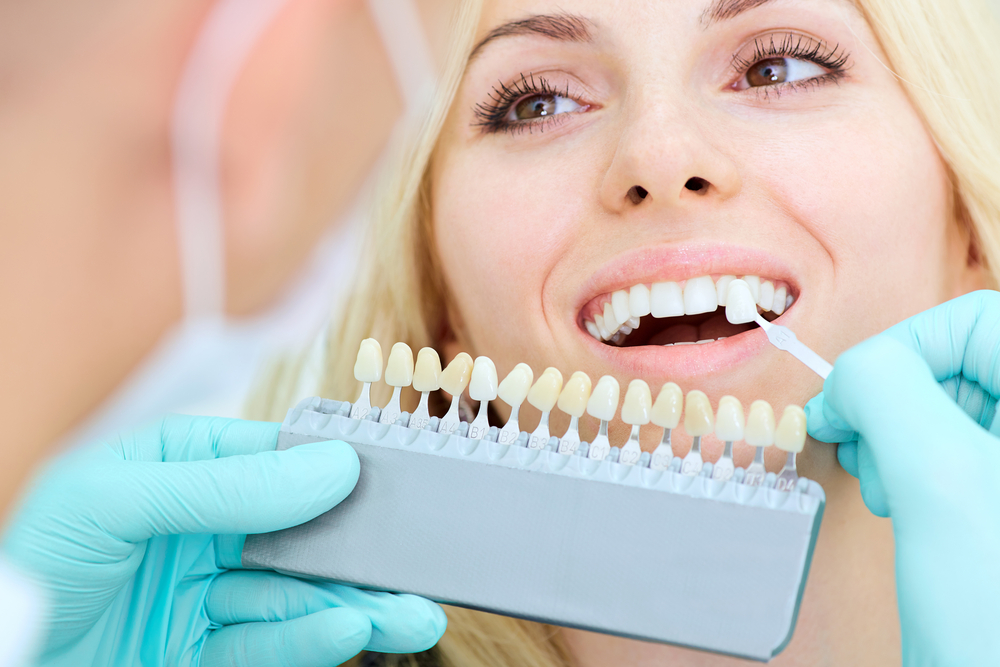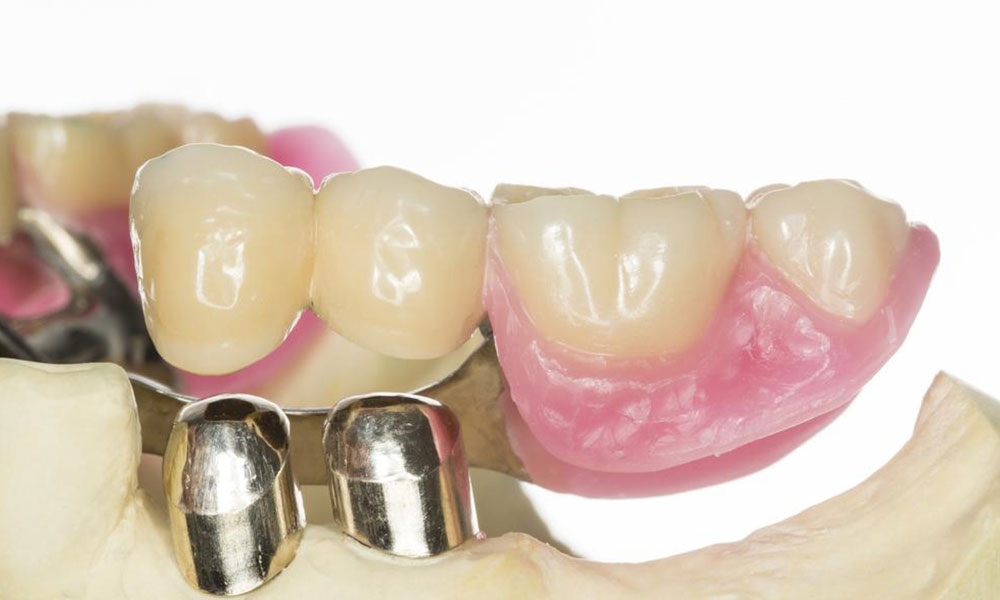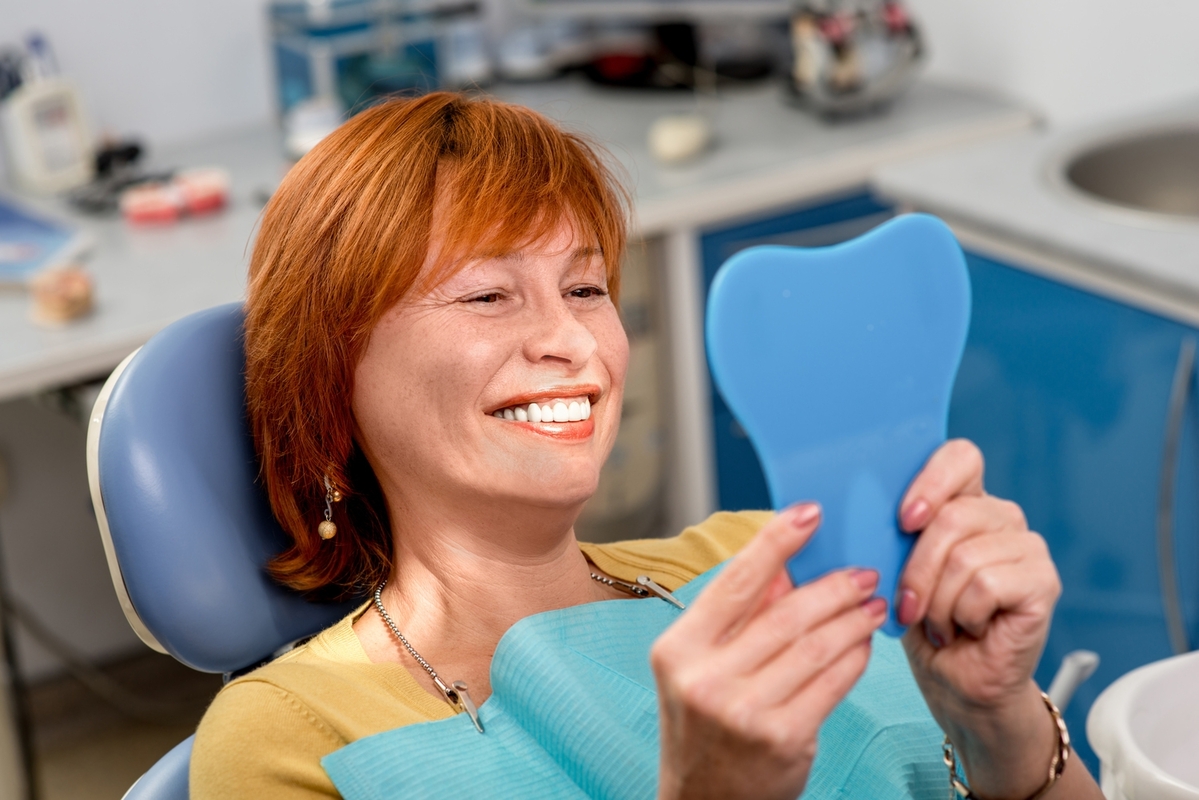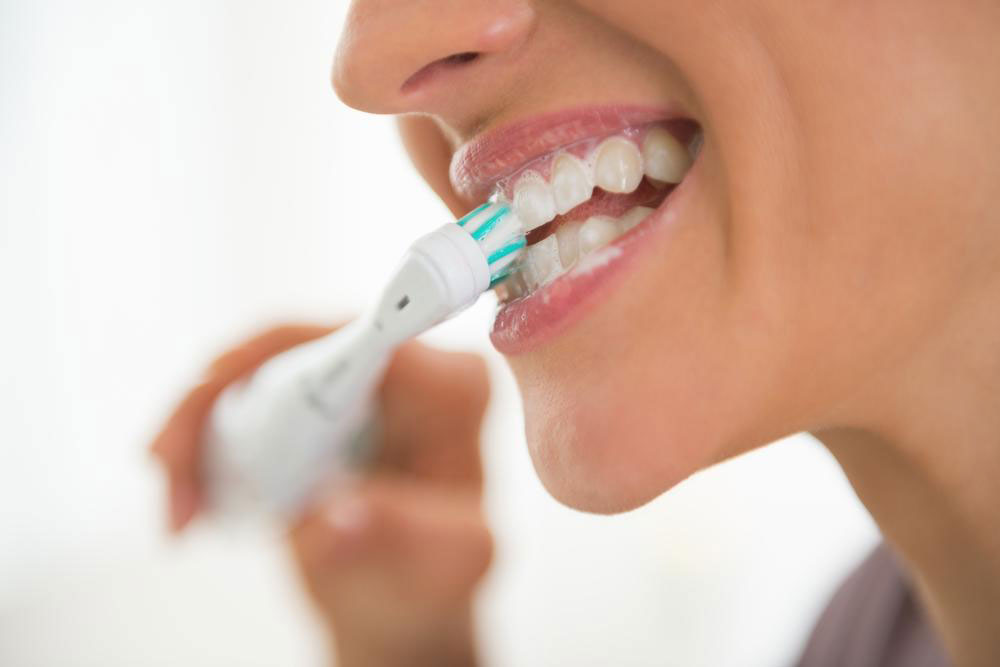The All-on-4 Dental Revolution: A Complete Guide to Full-Arch Tooth Restoration
Discover the revolutionary All-on-4 dental implant system that transforms full-arch tooth replacement with just four strategically placed implants. This comprehensive guide explores the biomechanical principles behind this innovative approach, its streamlined treatment protocol offering same-day functionality, and the exceptional aesthetic and functional outcomes achievable. Learn about long-term value considerations, comfort management during procedures, essential maintenance protocols, and how technological advancements continue to enhance precision and personalization in modern dental restoration.

Contemporary dentistry has reached an extraordinary milestone with the development of sophisticated full-arch restoration techniques that permanently transform smiles and lives. The All-on-4 dental implant system represents one of the most significant breakthroughs in modern dental medicine, offering patients a comprehensive solution that addresses both functional and aesthetic concerns with remarkable efficiency.
The Engineering Marvel Behind Four-Implant Full-Arch Restoration
The fundamental principle distinguishing the All-on-4 methodology from conventional implant approaches lies in its strategic efficiency. Where traditional full-arch restoration might necessitate six to eight individual implants, this advanced technique accomplishes comparable stability with just four precisely positioned titanium implants. The secret to this system's success resides in the calculated angulation of the posterior implants, which are deliberately tilted to maximize contact with available bone structure.
This intelligent positioning serves multiple crucial functions. By engaging areas of denser bone typically found toward the front of the jaw, the angled implants create a stable triangular support system that effectively distributes chewing forces. This approach frequently eliminates the necessity for bone grafting procedures, even in cases where patients have experienced significant bone deterioration. The biomechanical advantage gained through this configuration provides a foundation strong enough to support an entire arch of prosthetic teeth while minimizing surgical complexity.
Streamlined Treatment: Minimizing Invasiveness While Maximizing Outcomes
One of the most compelling advantages of the All-on-4 protocol is its ability to deliver comprehensive tooth replacement with remarkably minimal surgical intervention. The reduced number of implants translates directly to shorter procedure times, less tissue disruption, and accelerated recovery periods. Many qualified patients can receive their temporary fixed prosthesis on the very same day as their implant surgery, walking out of the dental office with a fully functional smile after just one appointment.
This immediate functionality represents a dramatic improvement over traditional extended treatment timelines, which often required months of healing with temporary removable dentures before the final restoration could be placed. The condensed treatment approach not only reduces the overall number of clinical visits but also minimizes the psychological burden on patients who no longer need to endure extended periods without teeth or with unstable temporary solutions.
Comprehensive Benefits: Where Form Meets Function
The advantages of All-on-4 restoration extend far beyond the technical aspects of the procedure itself. Patients experience dramatic improvements in both functional capabilities and aesthetic outcomes. The fixed nature of the prosthesis provides exceptional stability during chewing, allowing individuals to enjoy a varied diet without the restrictions commonly associated with removable dentures. This nutritional freedom represents a significant health benefit, supporting proper digestion and overall wellbeing.
Equally transformative are the aesthetic results achievable with modern All-on-4 restorations. Dental technicians can create highly customized prostheses that replicate the subtle variations in color, translucency, and shape found in natural dentition. The fixed restoration also provides support for facial tissues that may have collapsed due to bone loss, often resulting in a more youthful facial appearance. This combination of functional restoration and aesthetic enhancement frequently leads to substantial improvements in self-esteem and social confidence.
Financial Considerations: Understanding Value Beyond Initial Cost
When evaluating the investment required for All-on-4 treatment, it's essential to consider the long-term value proposition rather than focusing exclusively on the initial expense. While the upfront cost typically exceeds that of conventional dentures, the comprehensive nature of the solution offers economic advantages over time. Traditional dentures require periodic relining or replacement as the jawbone changes shape, and they often necessitate the use of adhesives and special cleaning solutions.
In contrast, the All-on-4 prosthesis is designed as a permanent solution that, with proper maintenance, can last for decades. The implant-supported nature of the restoration also helps preserve jawbone structure, preventing the progressive facial collapse that often occurs with conventional dentures. Many dental practices recognize the financial commitment involved and offer flexible payment plans or financing options to make treatment more accessible. Some providers even work with medical financing companies to offer low-interest or interest-free payment arrangements.
Comfort and Recovery: Modern Approaches to Patient Experience
The prospect of dental surgery naturally raises concerns about discomfort, but contemporary dental practices have made remarkable strides in patient comfort management. During All-on-4 implant placement, patients receive appropriate anesthesia to ensure a pain-free experience. Many practices additionally offer sedation options ranging from oral conscious sedation to intravenous sedation for patients with dental anxiety.
Post-operative discomfort is typically manageable with over-the-counter pain relievers or prescribed medications when necessary. Most patients report that any discomfort diminishes significantly within a few days following the procedure. The use of minimally invasive surgical techniques, including guided implant placement using 3D imaging and computer-generated surgical guides, further reduces tissue trauma and promotes faster healing. The overall comfort experience with All-on-4 treatment compares favorably to the ongoing discomfort and inconvenience often associated with ill-fitting dentures or failing natural teeth.
The Importance of Expertise: Selecting a Qualified Dental Professional
The predictable success of All-on-4 treatment depends heavily on the skill and experience of the dental team providing care. Clinicians who offer this advanced service typically undergo extensive specialized training beyond their general dental education. Many pursue continuing education through programs offered by implant manufacturers or dental specialty organizations.
Prospective patients should feel empowered to inquire about their dentist's specific experience with the All-on-4 protocol, including the number of cases completed and their personal success rates. The complexity of full-arch restoration requires not only surgical expertise but also advanced proficiency in prosthetic design and occlusal principles. A well-coordinated team approach involving the surgeon, restorative dentist, and dental laboratory technician is essential for achieving optimal aesthetic and functional outcomes.
Technological Advancements Enhancing Precision and Personalization
The field of implant dentistry has been revolutionized by digital technologies that enhance precision and customization. Cone beam computed tomography (CBCT) provides detailed three-dimensional images of the jawbone structure, allowing for precise virtual planning of implant placement. Computer-aided design and manufacturing (CAD/CAM) technologies enable the creation of perfectly fitting prostheses with exceptional aesthetic characteristics.
Modern materials science has also contributed significantly to the evolution of All-on-4 treatment. High-strength zirconia and advanced acrylic composites create prostheses that are both durable and lifelike in appearance. The titanium alloys used in contemporary implants demonstrate excellent biocompatibility and osseointegration potential. These technological advancements collectively contribute to higher success rates, improved patient comfort, and more predictable long-term outcomes.
Comprehensive Health Benefits Beyond Tooth Replacement
The advantages of All-on-4 treatment extend far beyond the obvious benefit of replacing missing teeth. By restoring proper chewing function, the treatment supports better nutrition and digestive health. The implant-supported prosthesis also helps prevent the unwanted tooth movements that often occur when teeth are missing, protecting the overall dental alignment.
Perhaps most importantly, dental implants provide necessary stimulation to the jawbone, helping to prevent the bone resorption that invariably follows tooth loss. This preservation of jawbone structure maintains facial contours and prevents the sunken appearance that often develops in long-term denture wearers. The fixed nature of the restoration also eliminates the friction and pressure points associated with removable dentures, reducing the risk of soft tissue irritation and lesions.
Historical Context and Scientific Validation
The development of the All-on-4 protocol represents the culmination of decades of research and innovation in implant dentistry. The concept was pioneered by Portuguese dentist Dr. Paulo Malo in the 1990s, building upon the foundational discovery of osseointegration by Swedish researcher Per-Ingvar Brånemark in the 1950s. Brånemark's groundbreaking work revealed that titanium could reliably fuse with living bone tissue, creating a stable foundation for dental prostheses.
The All-on-4 concept underwent rigorous clinical testing and refinement before being introduced to the broader dental community. Long-term studies have demonstrated impressive success rates, with some research showing over 95% implant survival at the 10-year mark. This scientific validation, combined with countless patient success stories, has established All-on-4 as a predictable and reliable treatment option for full-arch restoration.
Essential Maintenance and Long-Term Care Protocols
While All-on-4 restorations are designed for durability and longevity, their continued success depends on proper maintenance and regular professional care. Patients should adopt a thorough daily cleaning routine that includes specialized brushes designed to clean around the implant abutments and beneath the prosthesis. Regular professional cleanings and examinations are essential for monitoring the health of the implants and surrounding tissues.
Dental professionals who provide All-on-4 treatment typically recommend specific maintenance protocols tailored to the individual patient's needs. These may include periodic radiographic evaluation to assess bone levels around the implants and professional cleaning of the abutment connections. With appropriate care and maintenance, many patients enjoy their All-on-4 restorations for decades without major complications.
Addressing Common Questions and Concerns
Despite its well-documented success, several questions about All-on-4 treatment commonly arise among prospective patients. Understanding these concerns helps individuals make informed decisions about their dental health.
How does the All-on-4 system differ from traditional implant methods?
The All-on-4 technique represents a significant departure from conventional implant approaches by utilizing just four strategically positioned implants to support an entire arch of teeth. Traditional methods often require more implants and may involve bone grafting procedures. The angled placement of the rear implants in the All-on-4 system maximizes existing bone support, frequently eliminating the need for additional bone augmentation surgeries and reducing overall treatment time.
What options exist for managing the cost of treatment?
While All-on-4 implants represent a significant investment in long-term oral health, numerous strategies can enhance affordability. Many dental practices offer structured payment plans that distribute costs over time, while third-party financing companies provide additional flexibility through various loan arrangements. Some patients may also explore dental discount plans or health savings accounts as potential avenues for managing expenses. The long-term durability of the solution often makes it economically favorable compared to alternatives requiring frequent replacement or adjustment.
How do clinical trials contribute to dental implant advancements?
Rigorous clinical research plays an indispensable role in the evolution of dental implant technologies. These carefully designed studies evaluate new materials, surface treatments, and procedural techniques to establish safety profiles and efficacy standards. The data gathered through clinical trials informs evidence-based practice guidelines and regulatory approvals, ensuring that new developments in implant dentistry meet stringent requirements before becoming widely available to patients. This systematic approach to innovation has been instrumental in achieving the high success rates associated with contemporary implant procedures.
The All-on-4 dental implant system stands as a testament to the remarkable progress in modern restorative dentistry. Through continued refinement of techniques and materials, this approach offers patients a reliable, efficient, and transformative solution for full-arch tooth replacement that restores both function and confidence.
References:
https://www.sciencedirect.com/topics/medicine-and-dentistry/clinical-dentistry
https://www.ada.org/resources/research/science/evidence-based-dental-research
https://www.clinicalresearchdental.com/









